The Musée de Lyon has more artworks on display than one could imagine.
We would like to introduce in three parts the works that we were unable to introduce in our previous article.
You will enjoy the museum more if you know a few details about the artworks beforehand.
You can find more basic information about the Musée de Lyon here.
- Sculptures
- Antiquités
- Peintures
- Claude Guinet ( -1512)
- Le Pérugin (Pietro di Cristoforo Vannucci) (1448-1523)
- Gerard David (1460-1523)
- Lorenzo Costa (1460-1535)
- Paolo Veronese (1528-1588)
- Jan Brueghel l’Ancien (1568-1625)
- Sébastien Vrancx (1573-1647)
- Guido Reni (1575-1642)
- Pieter Paul Rubens (1577-1640)
- Sisto Badalocchio (1581-1620?)
- Giovanni Lanfranco (1582-1647)
- Le Guerchin (1591-1666)
- Nicolas Poussin (1594-1665)
- Pierre de Cortone (1596-1669)
- Guido Cagnacci (1601-1663)
- Antonio de Pereda (1611-1678)
- Nicolas Chaperon (1612-1656)
- Thomas Blanchet(1614-1689)
- Giovan Battista Langetti (1625-1676)
- Jean Jouvenet (1644-1717)
- Jean II Restout (1692-1768)
- Giovanni Niccolò Servandoni (1695-1766)
- Summary
Sculptures
Laurent Marqueste (1848-1920)
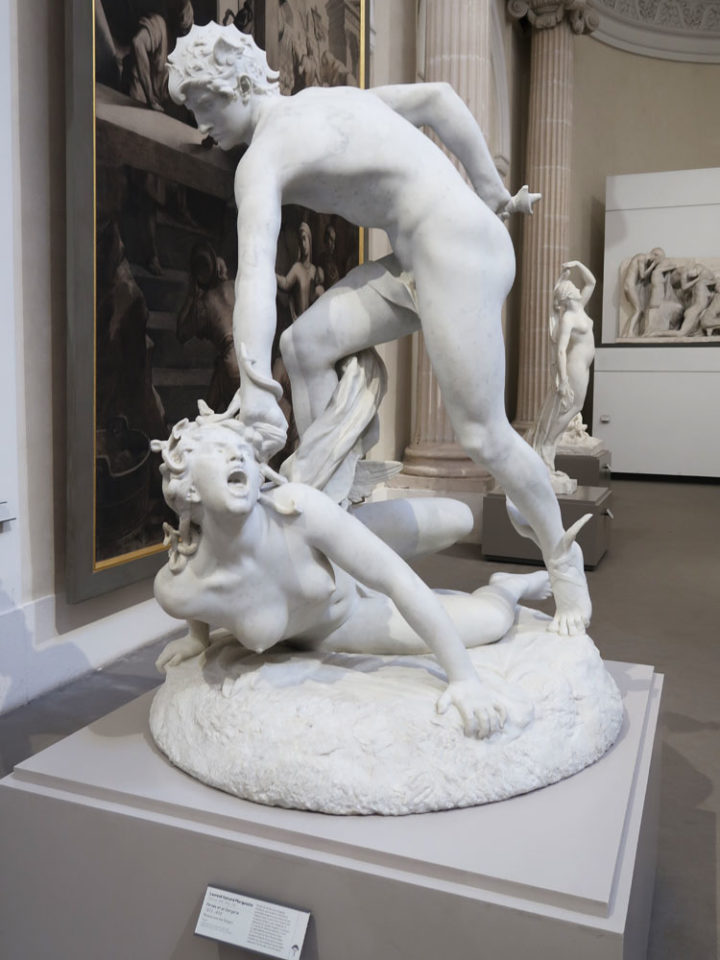
Persée et la Gorgone (1890)
Sculptor, born in Toulouse, France.
Many are influenced by classical works.
Awarded the Grand Prize of Rome in 1871.
In 1900, won the Grand Prix at the Paris Exposition.
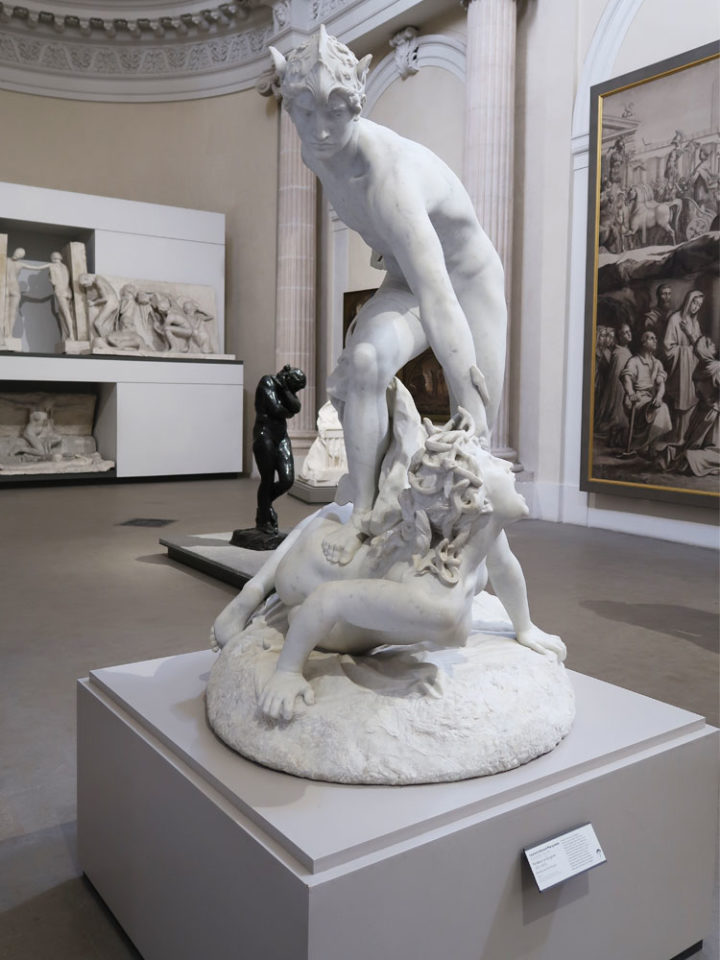
Five of these were made between 1875 and 1903 on the same theme.
Antoine Bourdelle (1861-1929)
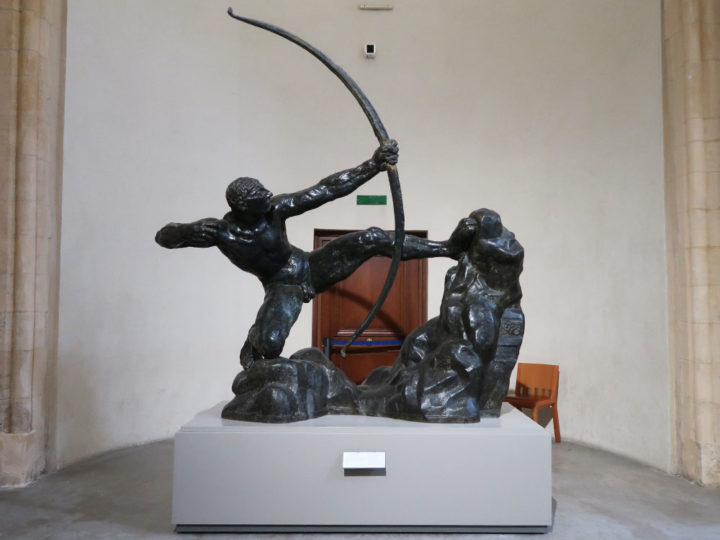
Héraklès archer (1909)
French sculptor.
In 1924 he was awarded the Legion of Honour.
He has worked on many masculine sculptures and memorial statues.
He is one of the leading sculptors of modern Europe.
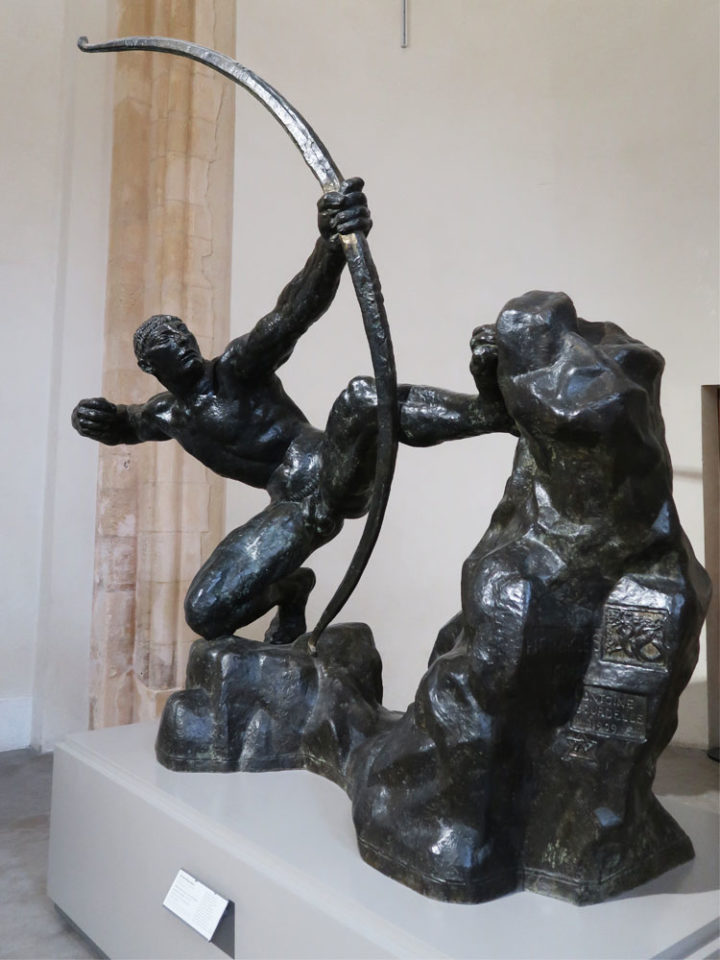
‘Hercules the Bowler’ is the timeless masterpiece that made Bourdelle a household name.
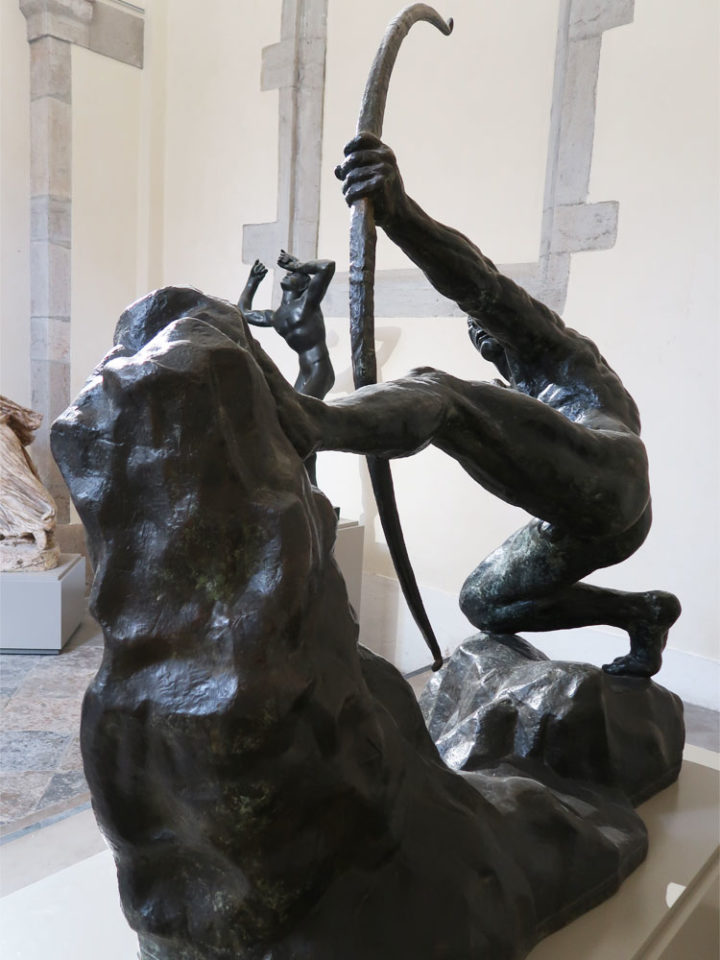
Several versions are available and have been exhibited in museums around the world.
Antoine-Louis Barye (1795-1875)
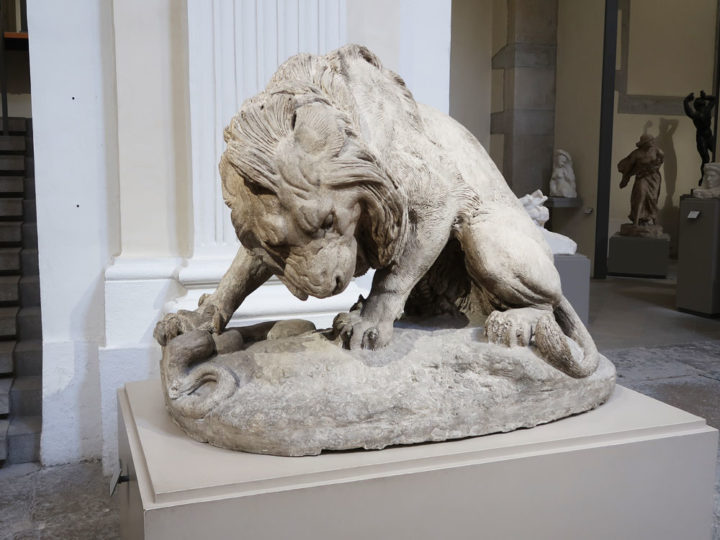
Lion au serpent(1832)
He was a sculptor who worked mainly with animals.
The Lion and the Serpent, created in 1832, is his most famous work.
Jean-François Legendre-Héral (1796-1851)
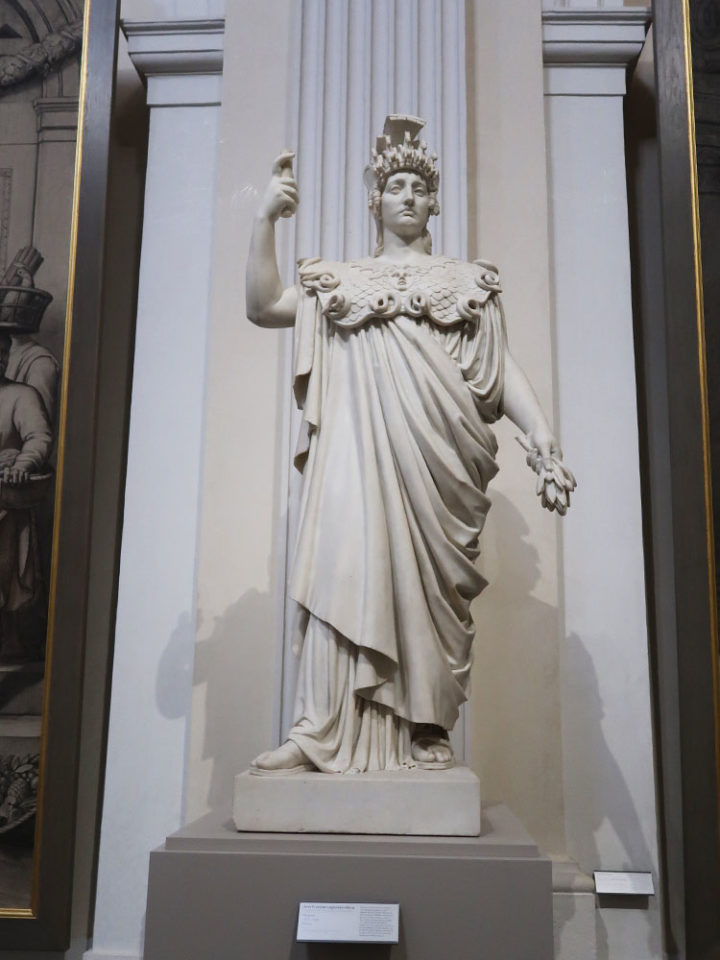
Minerve(1837-1840)
A number of his works are on display at the Musée de Lyon.
Aristide Maillol (1861-1944)
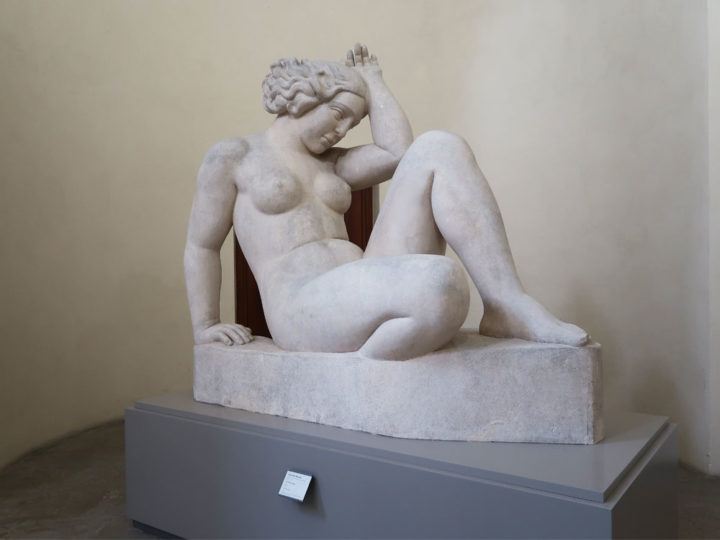
La Montagne (1937)
Along with Rodin and Bourdelle, he is one of the leading sculptors of modern Europe.
Maillol started sculpting after the age of 40.
Until then, he had mainly worked as a painter.
Although he left a number of works, most of his work is centred on the female nude.
Antoine Étex (1808-1888)
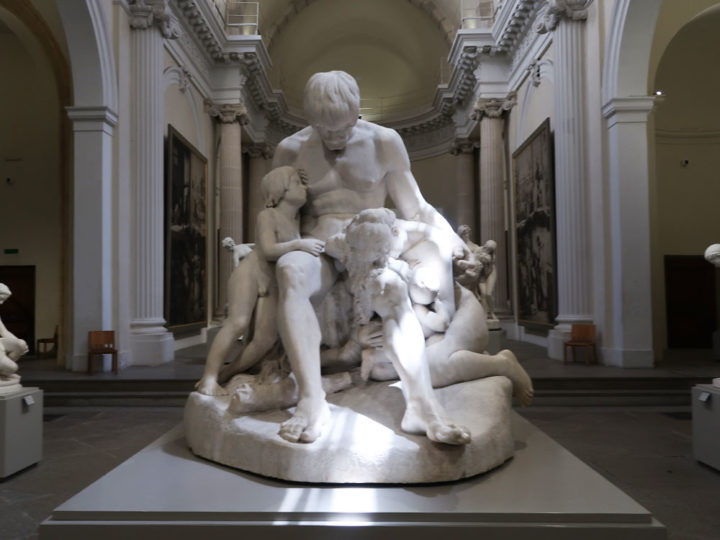
Caïn et sa race maudits de Dieu (1832-39)
It is produced based on the biblical story of Cain.
It was presented at the Paris Salon in 1839 to high acclaim.
Albert-bartholome (1848-1928)
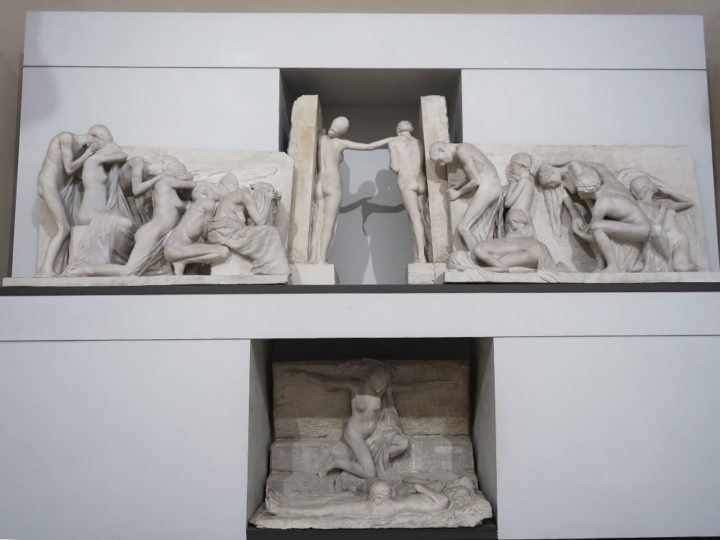
Monument aux morts (1895-1899)
This is a model of the monument in the Pere Lachaise cemetery in Paris.
Bartolomé was also a friend of Edgar Degas and initially focused on painting.
He began sculpting after his wife’s death and won the grand prize at the 1900 World’s Fair.
Auguste Rodin (1840-1917)
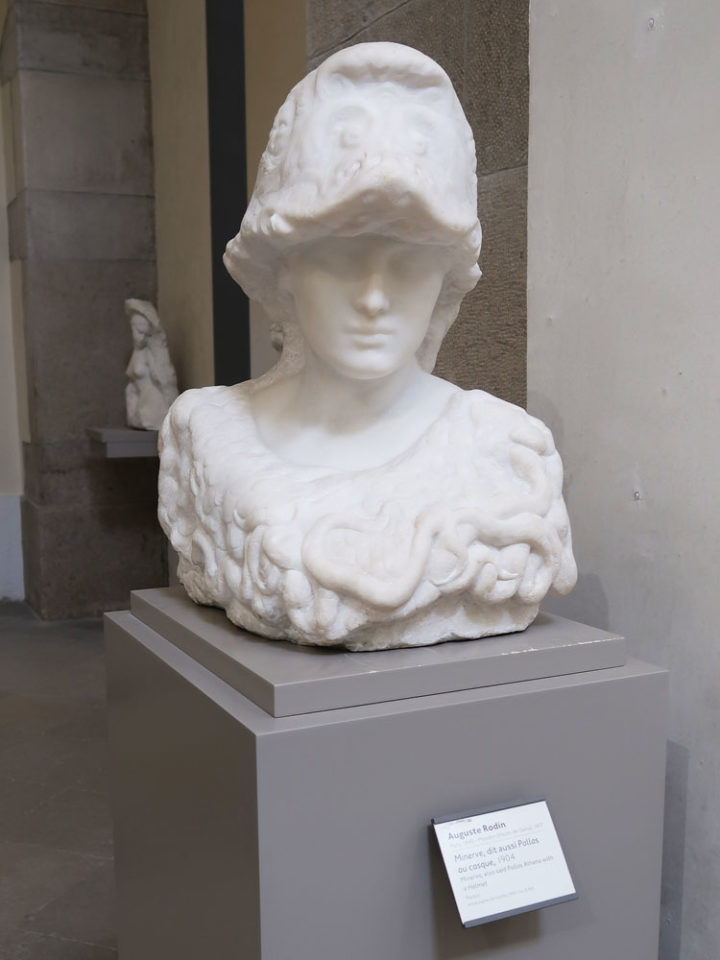
Minerve au casque (1905)
Rodin is known as the father of modern sculpture.
Even those who are not interested in art have heard of the name of a representative work, The Thinker.
Rodin, unusually for an artist of his time, did not have a professional schooling.
He took the Beaux-Arts de Paris three times and failed all three times.
He then made a living by working as a sculptor’s staff and decorator.
Rodin’s twenties were tumultuous: in 1862, at the age of 22, his sister died and he decided to enter a convent himself, but Peter Julian, then head of the convent, encouraged him to pursue a career in sculpture.
In 1864, at the age of 24, he met his wife, Rose Beuret.
Later, after the birth of his children, he worked for a while for Albert-Ernest Carrier-Belleuse.
He was called up during the Franco-Prussian War of 1870, but did not serve because of his short-sightedness and went to Belgium.
In Belgium, he worked as a decorator on the stock exchange.
In 1875, he travelled to Italy to see works of art.
In Italy, he was struck by Michelangelo’s work, and returned to work on it.
In 1877, at the age of 37, he finally returned to Paris.
He presented L’Âge d’airain (The Age of Bronze), but was suspected of being extremely realistic, and later made his reputation known throughout France by creating a work larger than a real-size man (Saint Jean Baptiste).
In 1880, he was commissioned to create a monument for the construction of a museum, and began work on the work that was to adorn it: the Gates of Hell.
However, the story subsequently died out, but Rodin devoted his subsequent activities to the production of The Gates of Hell.
In 1882, he succeeded Alfred Boucher as lecturer in sculpture.
Here he meets Camille Claudel.
Created Les Bourgeois de Calais (Citizens of Calais) in 1895.

La Tentation de saint Antoine(1889-1903)

L’Automne (1904)
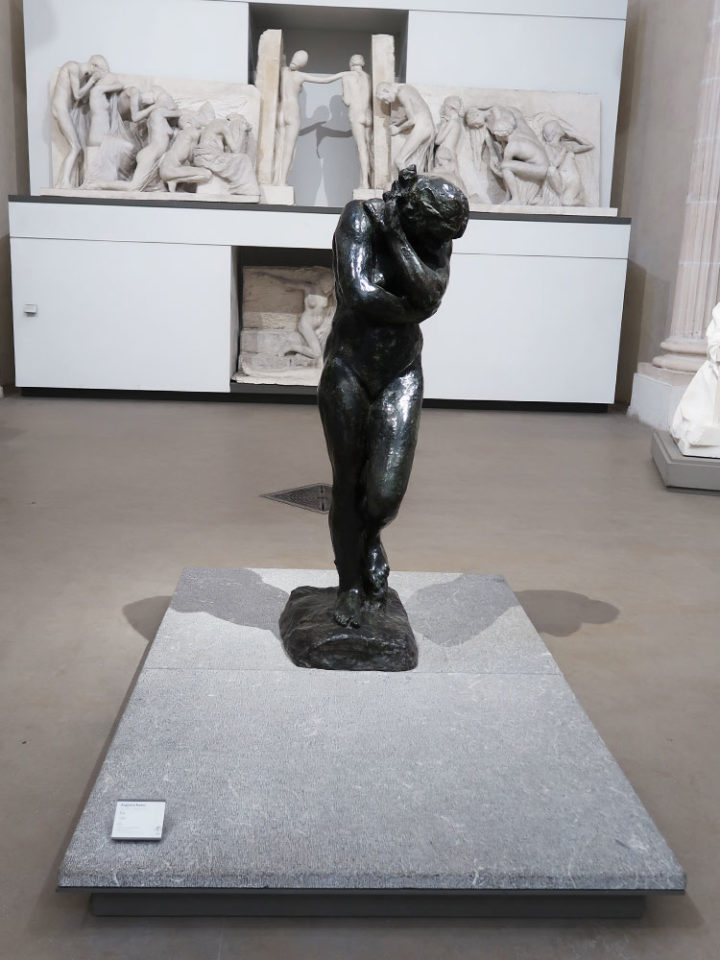
Ève
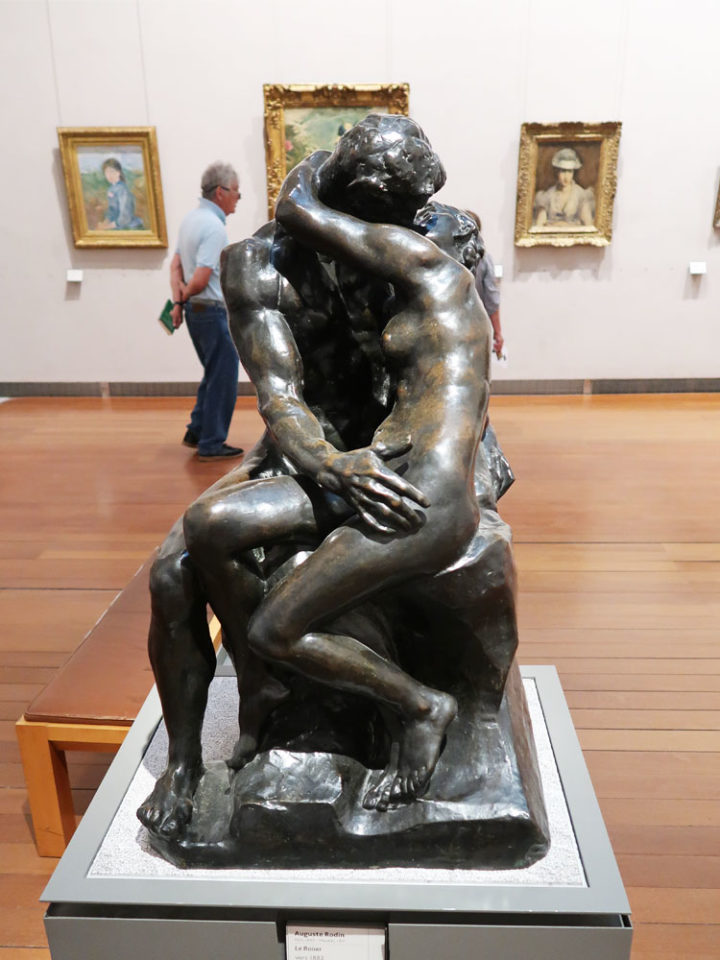
LE BAISER (1882)
It was commissioned by the French government for the Paris Exposition of 1889.
It was originally produced as one of the reliefs for the Gates of Hell.
The original is on display at the ‘Rodin Museum’ in Paris.
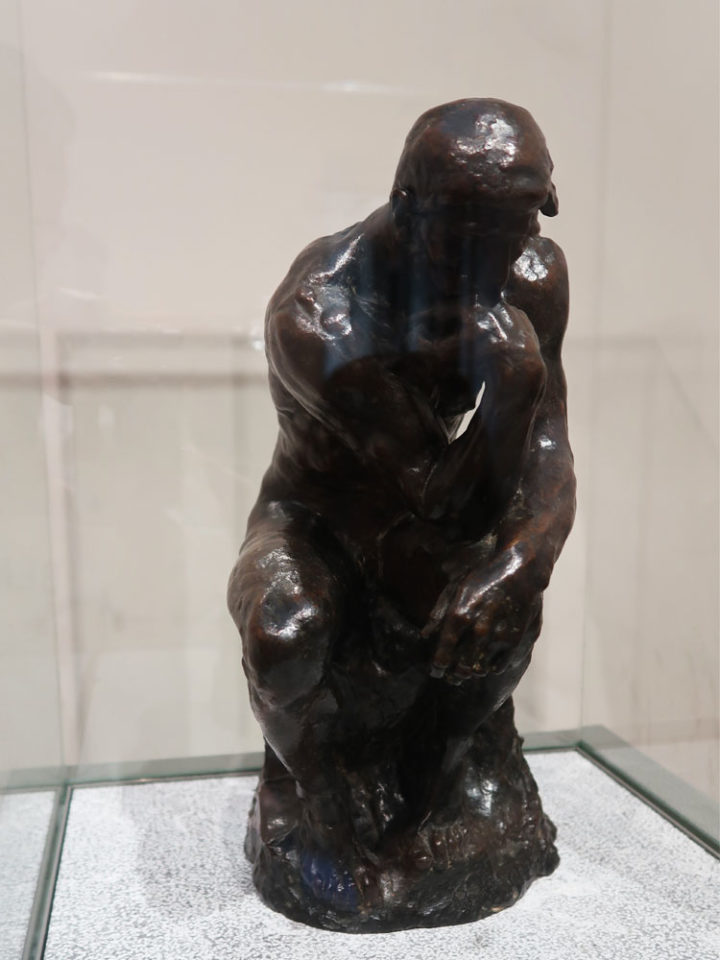
Le Penseur (1881)
Antiquités
Égypte
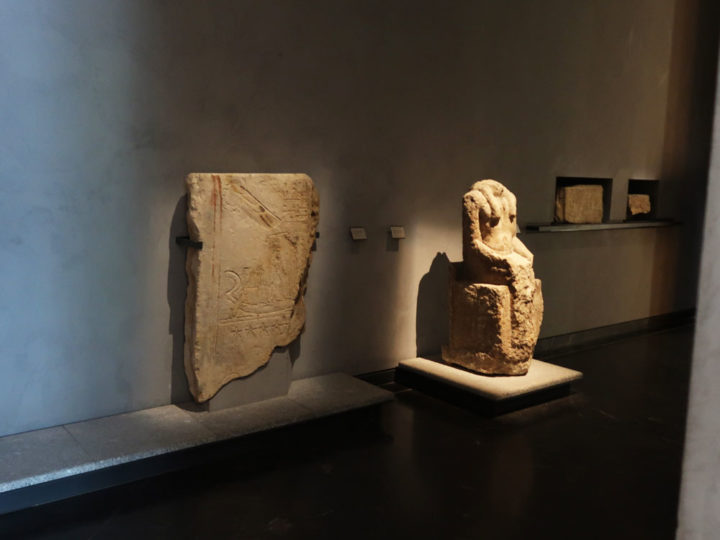
Up on the 1st floor, a large collection of antiquities is on display.
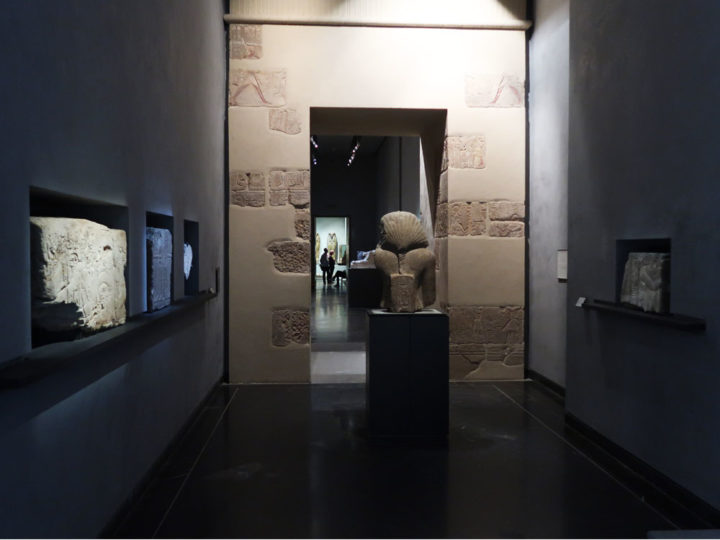
Firstly, there is a range of Egyptian-related artworks.
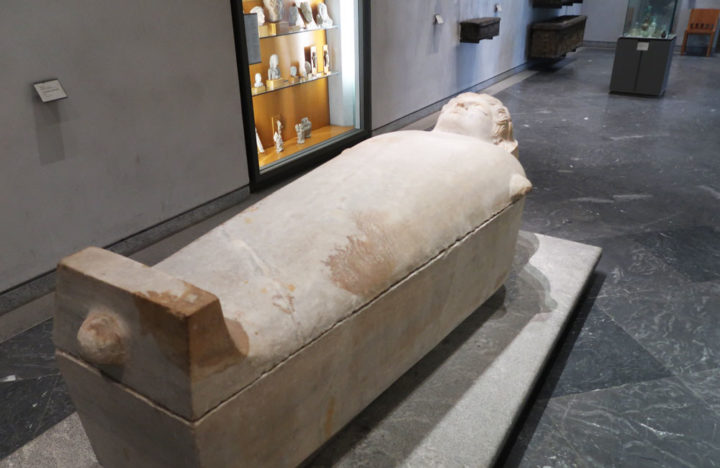
Sarcophage and other products are also placed there.
Grèce
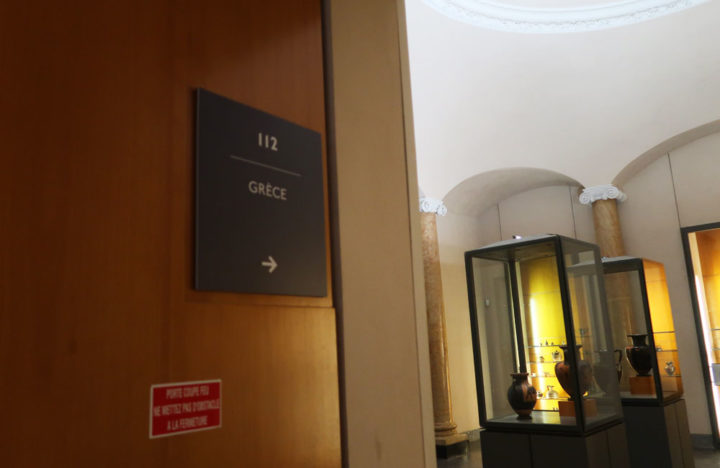
This is followed by the Greek room.
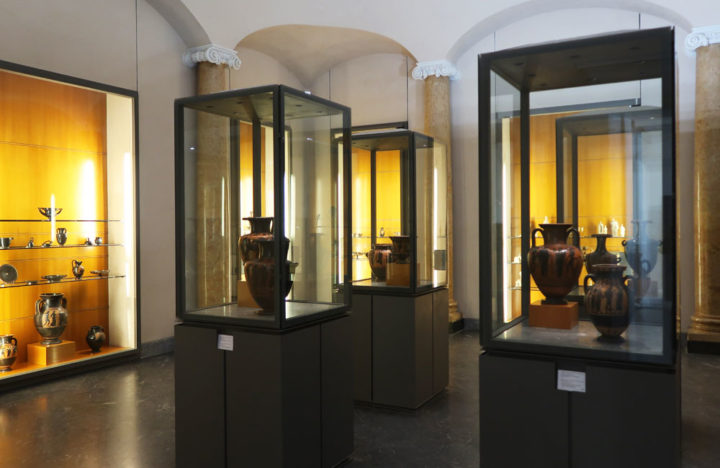
Hydrie des Mystères d’Eleusis
This vase is used to collect water, but is superbly decorated.
Rome et l’empire
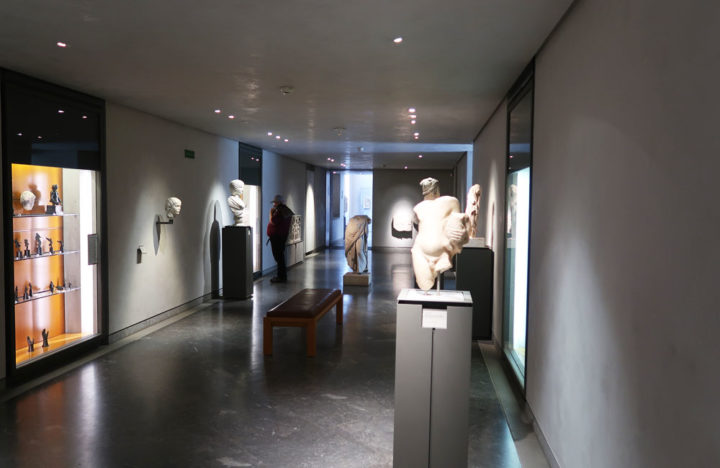
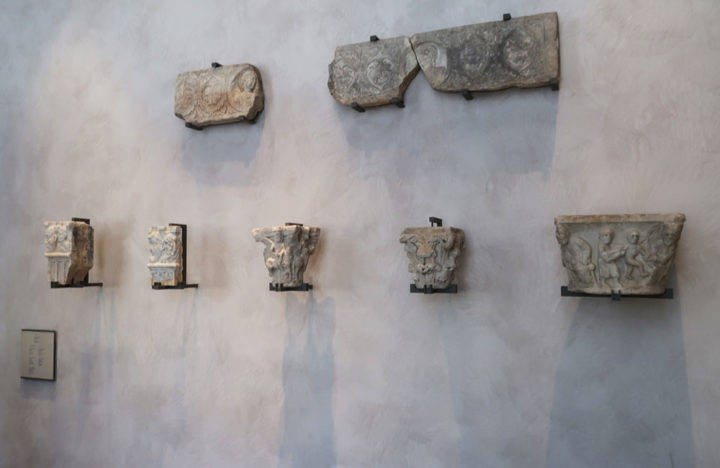
Moyen-Age
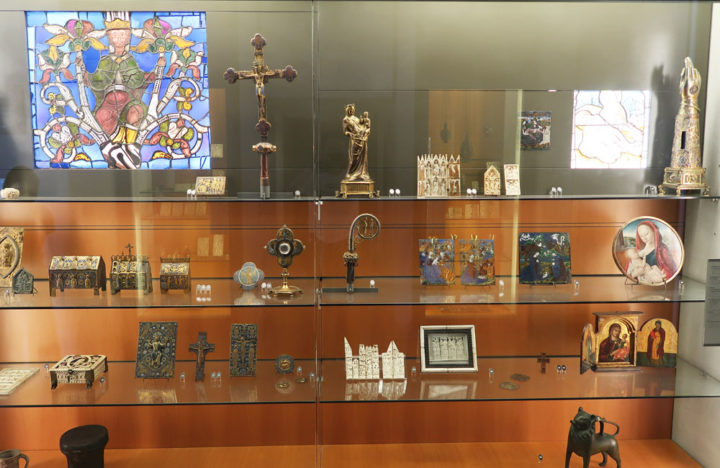
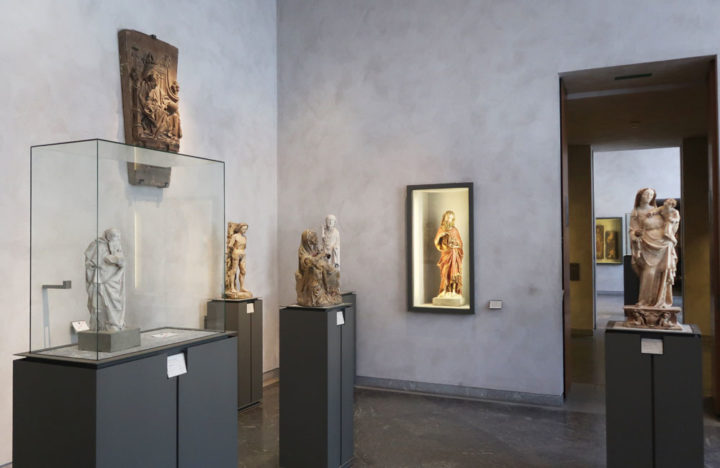
Renaissance
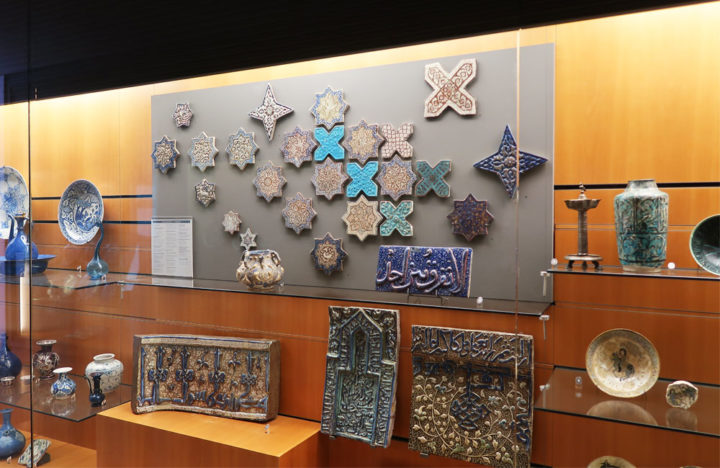
Médaillier
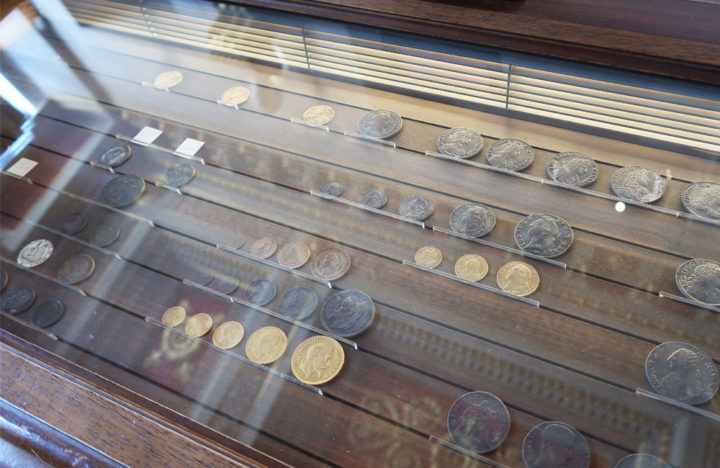
Objets d’art
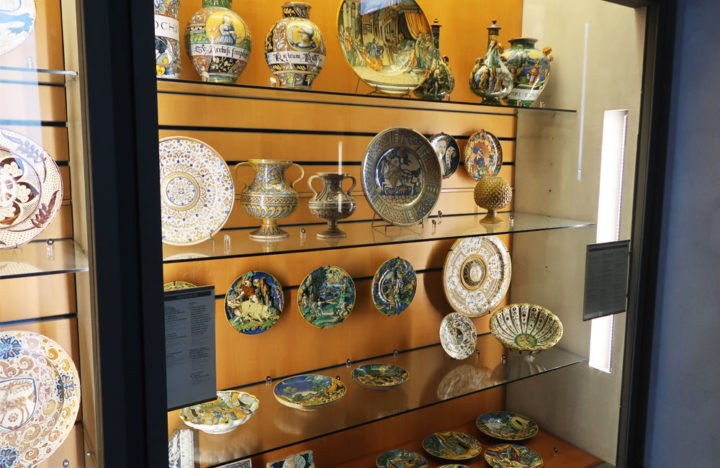
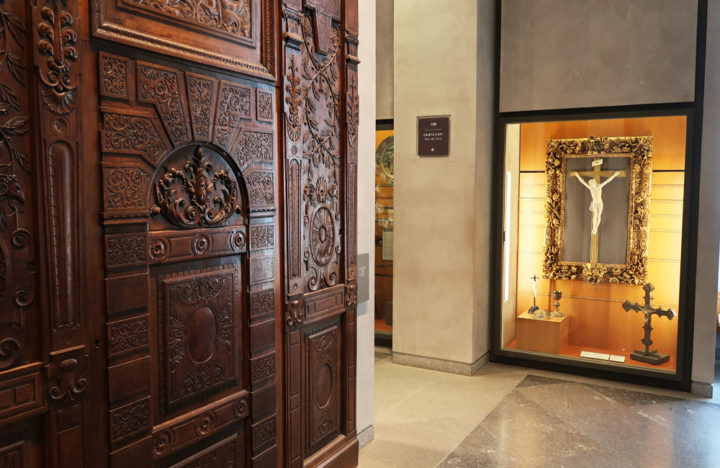
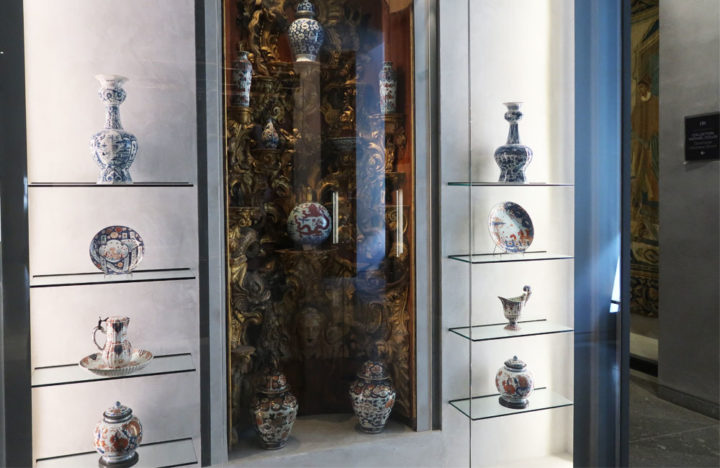
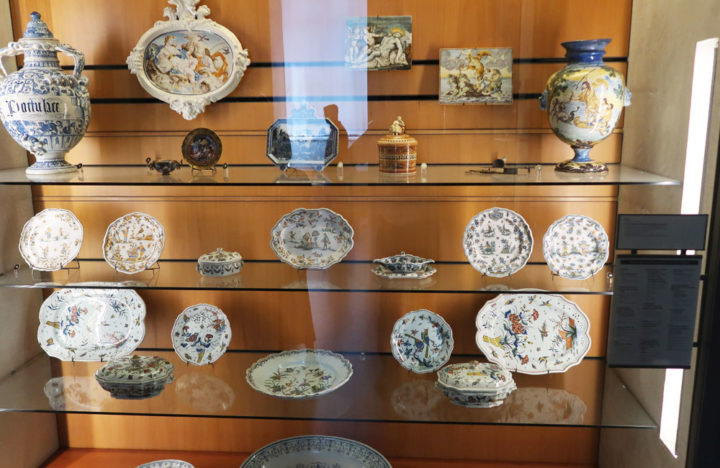
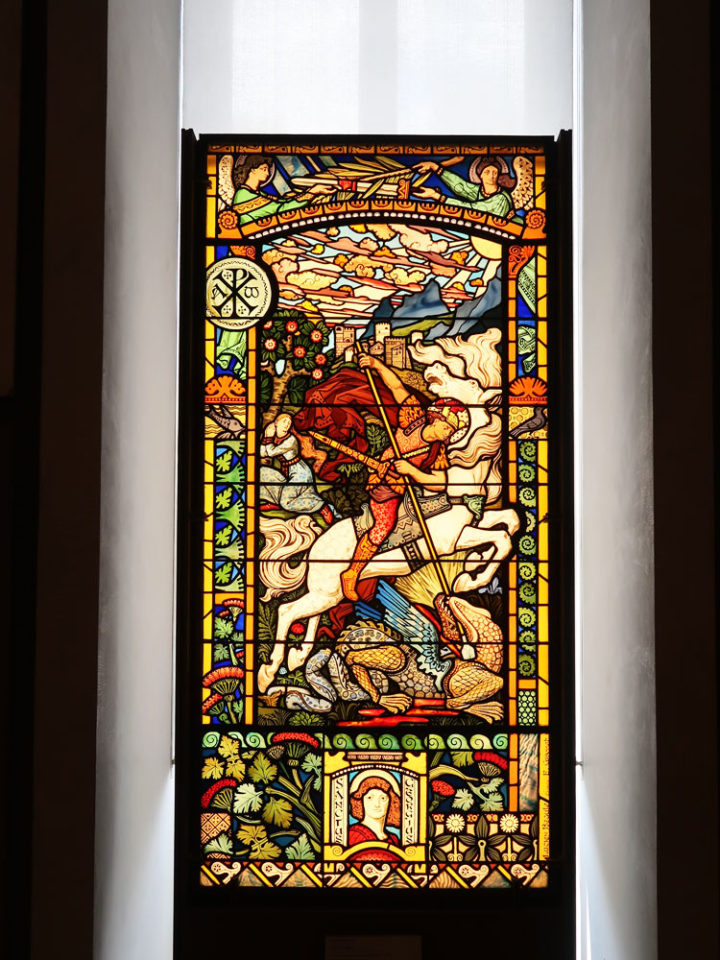
Saint Georges terrassant le dragon (1889)
It is by Eugène Grasset (1845-1917).
He is a pioneer of the Art Nouveau movement.
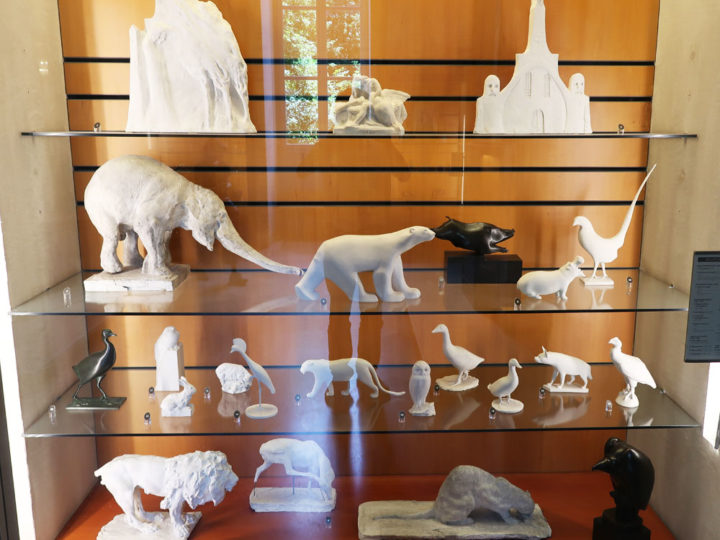
Peintures
Claude Guinet ( -1512)
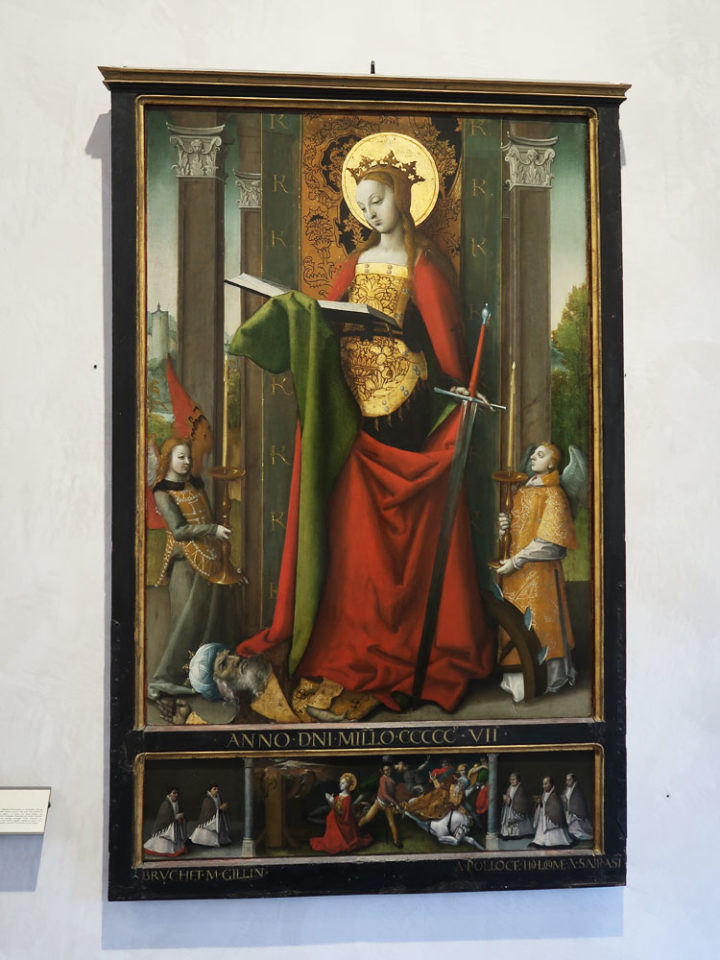
Sainte-Catherine (1507)
Guinet was also a glassmaker and painter.
Le Pérugin (Pietro di Cristoforo Vannucci) (1448-1523)
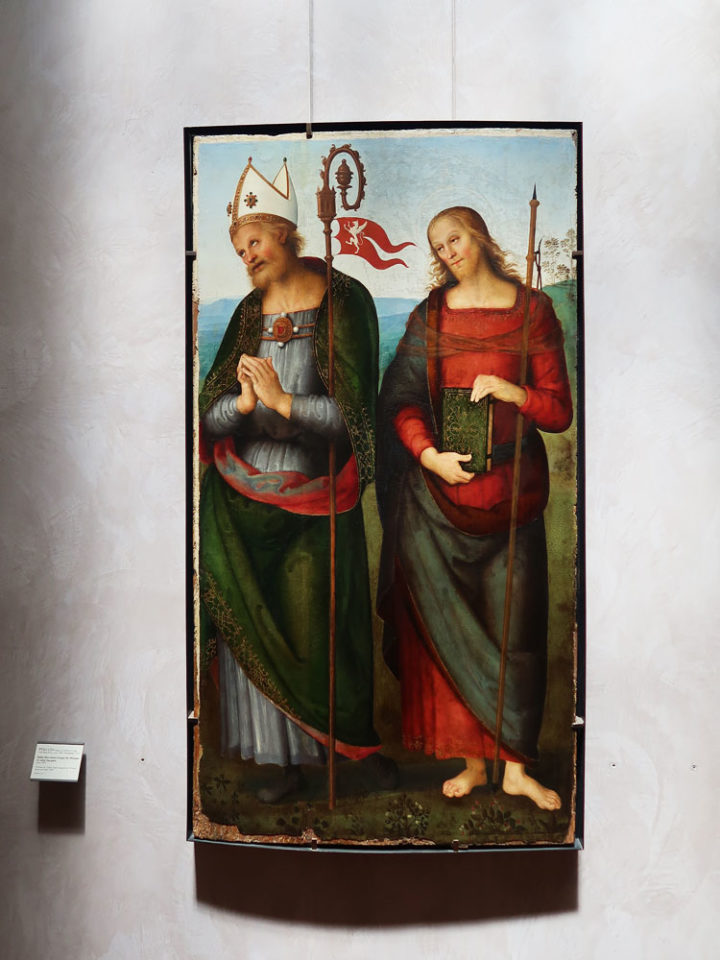
Saint Herculan et saint Jacques (1505)
Perugino, a Renaissance painter.
The reason why he is called by a different name from his real name is because he was selected as an honorary citizen of Perugia in 1485.
His achievements are very significant and he is famous for his murals in the Vatican and Sistine Chapel.
He was also the mentor of the young Raphael and had a great influence on him.
The work depicts St Herculan, Bishop of Perugia, and St Jacques, one of the 12 Apostles of Jesus.
Gerard David (1460-1523)
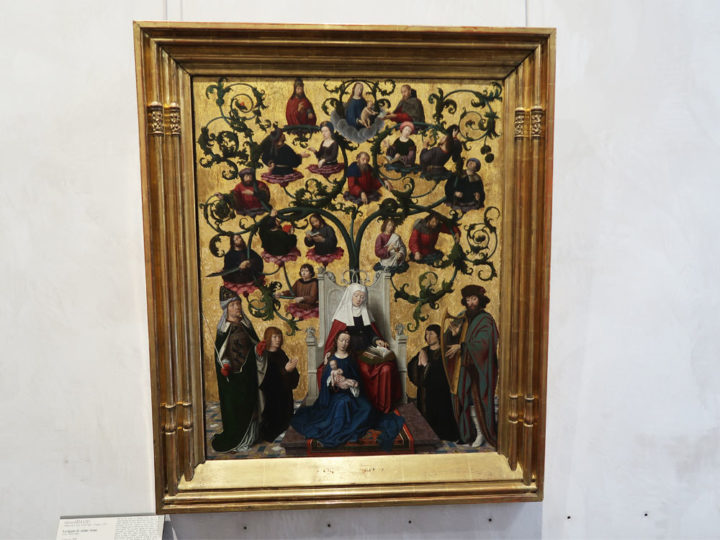
La Lignée de sainte Anne (1490-1500)
David was an early Dutch painter, mainly focusing on religious paintings.
This work, in the form of the ‘Tree of Jesse’, depicts the genealogy of St Ann, the mother of the Virgin Mary.
Lorenzo Costa (1460-1535)
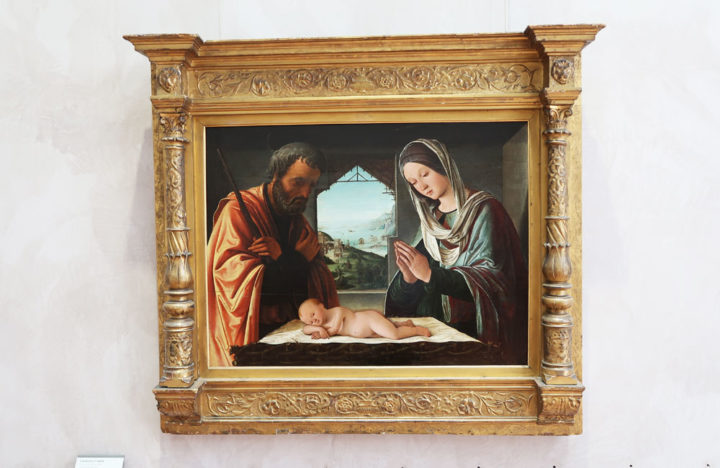
La Nativité (1490)
Italy Renaissance painter.
The work is a scene from the birth of Jesus in Bethlehem.
Paolo Veronese (1528-1588)
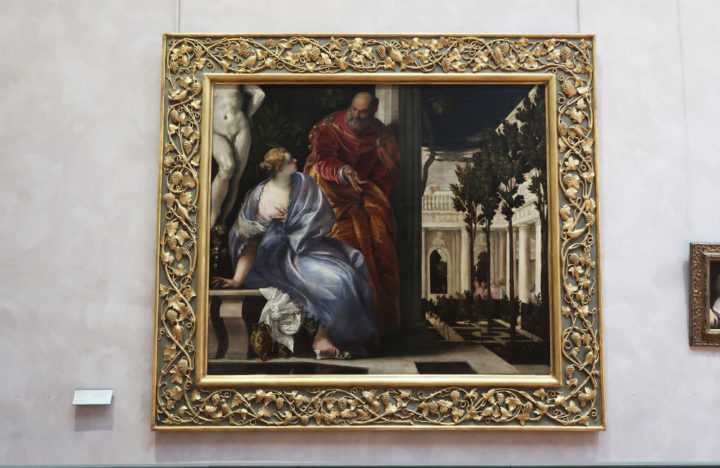
Bathsabee au bain (1575)
Paolo Veronese is sometimes referred to as PAOLO CALIARI.
He is regarded as one of the most important Venetian painters of the late Renaissance.
The Wedding at Cana, on display in the Louvre, is one of his most highly regarded works.
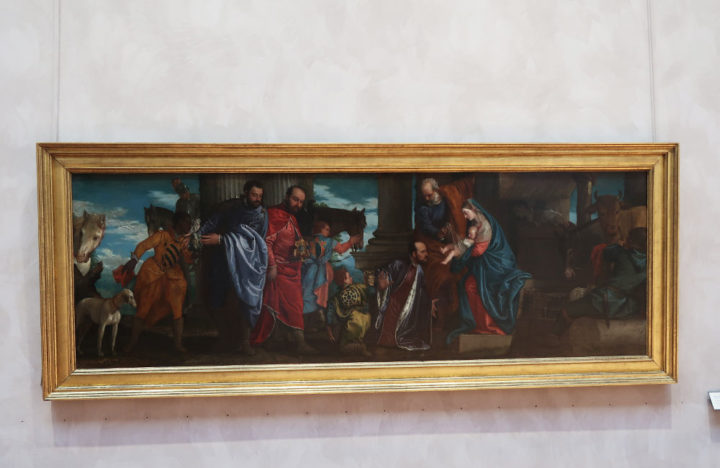
L’adoration des mages
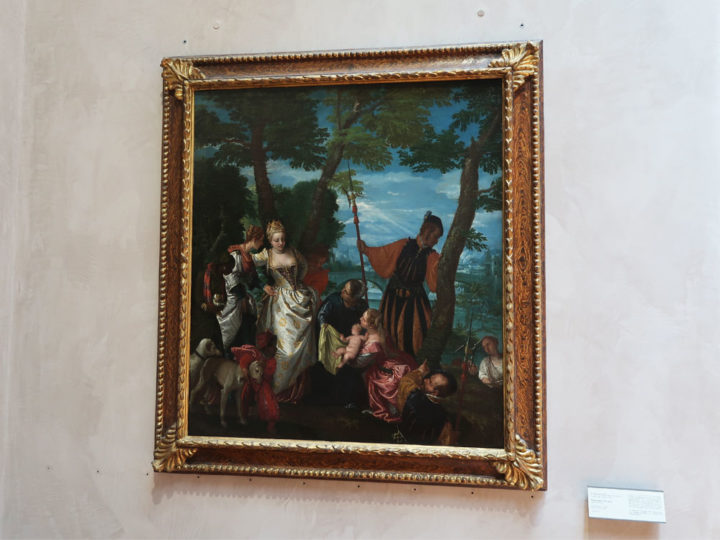
Moïse sauvé des eaux (1570-80)
This is the scene of Moses being saved from the water.
Jan Brueghel l’Ancien (1568-1625)
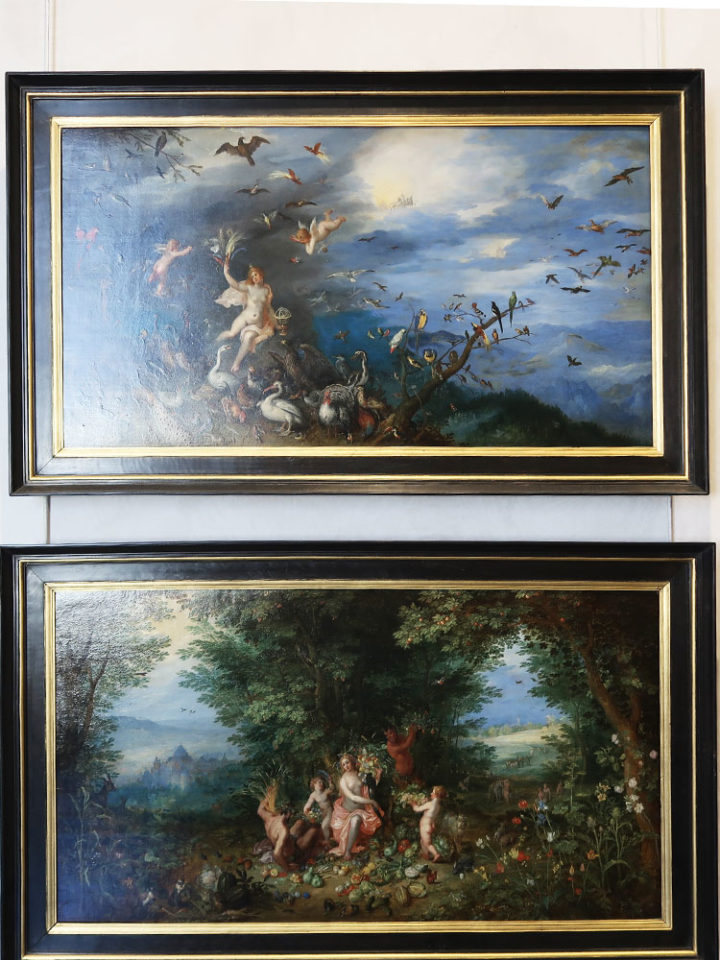
L’air (1611) La Terre (1610)
Also known as flower Bruegel.
A number of works were produced in collaboration with Rubens.
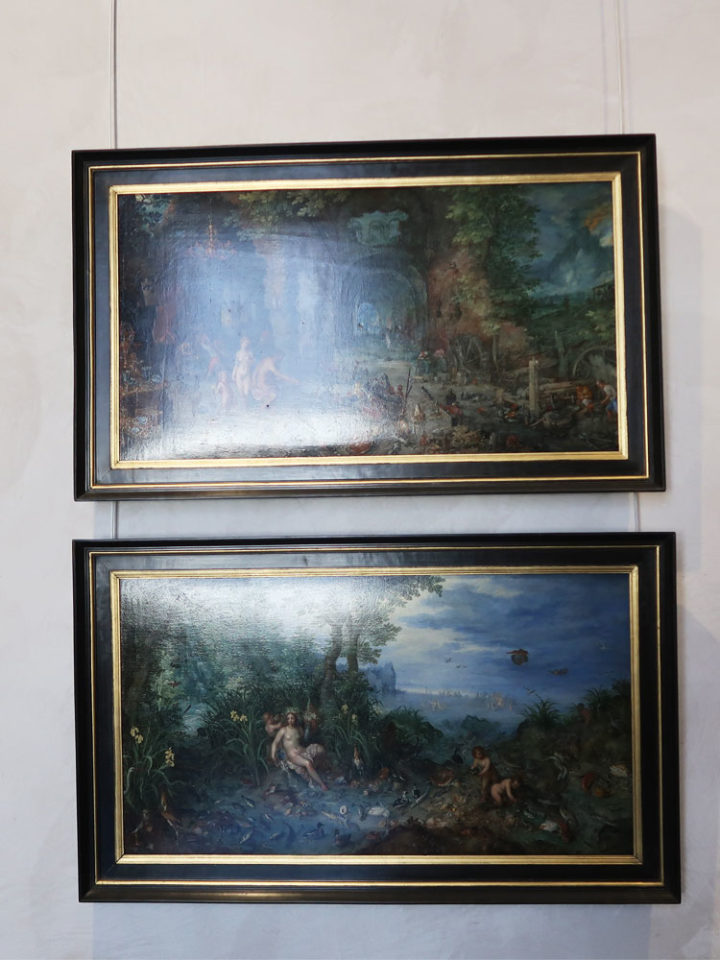
Le Feu (1606) L’Eau
These works depict the four elements L’air (air or wind), La Terre (earth), Le Feu (fire) and L’Eau (water).
In Europe, from ancient times until the 18th and 19th centuries, the idea that the world consisted of these four elements was widely held.
Sébastien Vrancx (1573-1647)
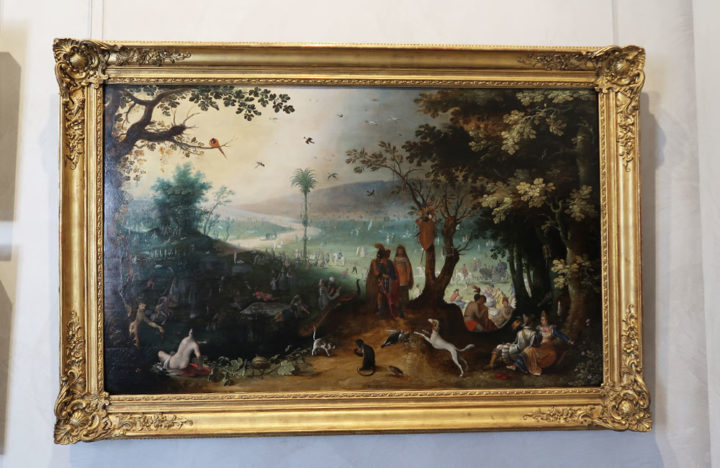
Énée retrouvant son père aux Champs-Élysées (1597-1607)
Vrancx was a Flemish Baroque painter who made many works depicting battle scenes.
Guido Reni (1575-1642)
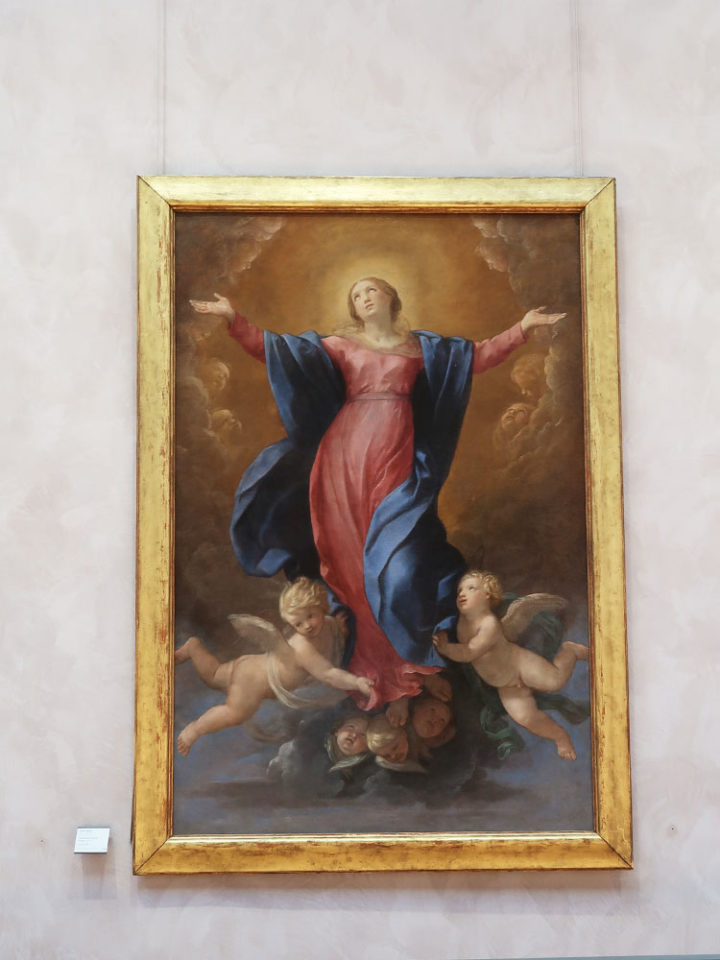
L’Assomption de la Vierge (1637)
An Italian painter of the Baroque period, Leni produced a number of religious and mythological paintings.
The work initially depicted God in a semi-circle.
Pieter Paul Rubens (1577-1640)
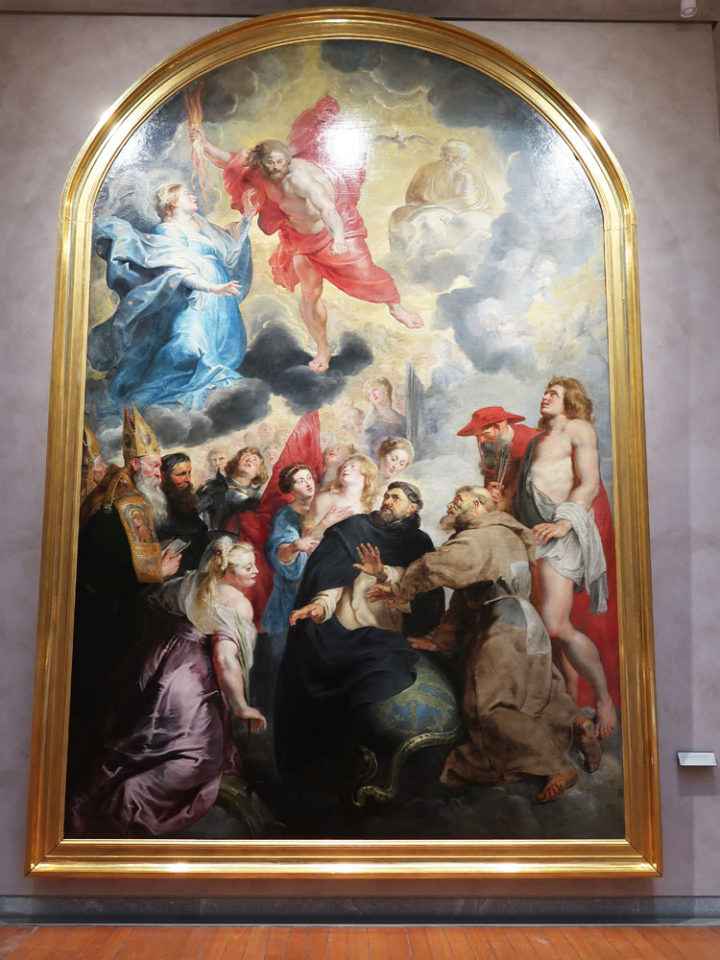
Saint Dominique et Saint François préservant le monde de la colère du Christ (1618-20)
Rubens is said to have had the greatest influence on the Baroque style.
It can be seen from his work that he had a deep knowledge of Christianity and classical literature.
His workshop in Antwerp received large orders from aristocrats from all over Europe.
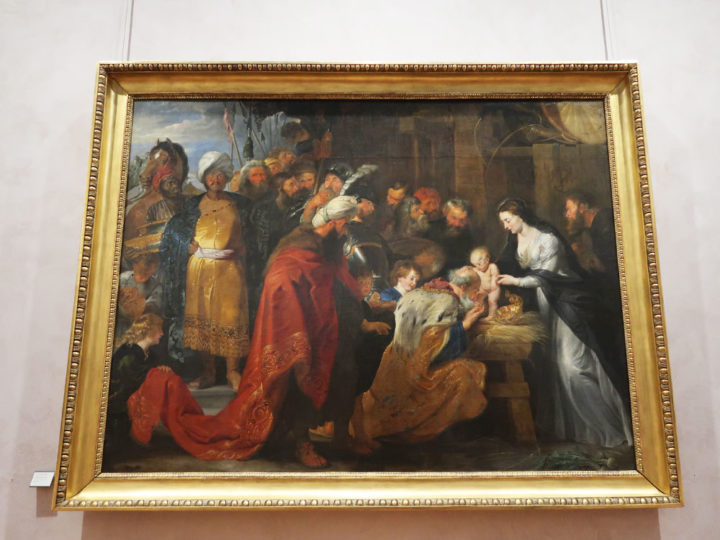
L’adoration des Mages (1617-1618)
It depicts a scene from the Adoration of the Magi (Adoration of the Three Eastern Doctors).
Sisto Badalocchio (1581-1620?)
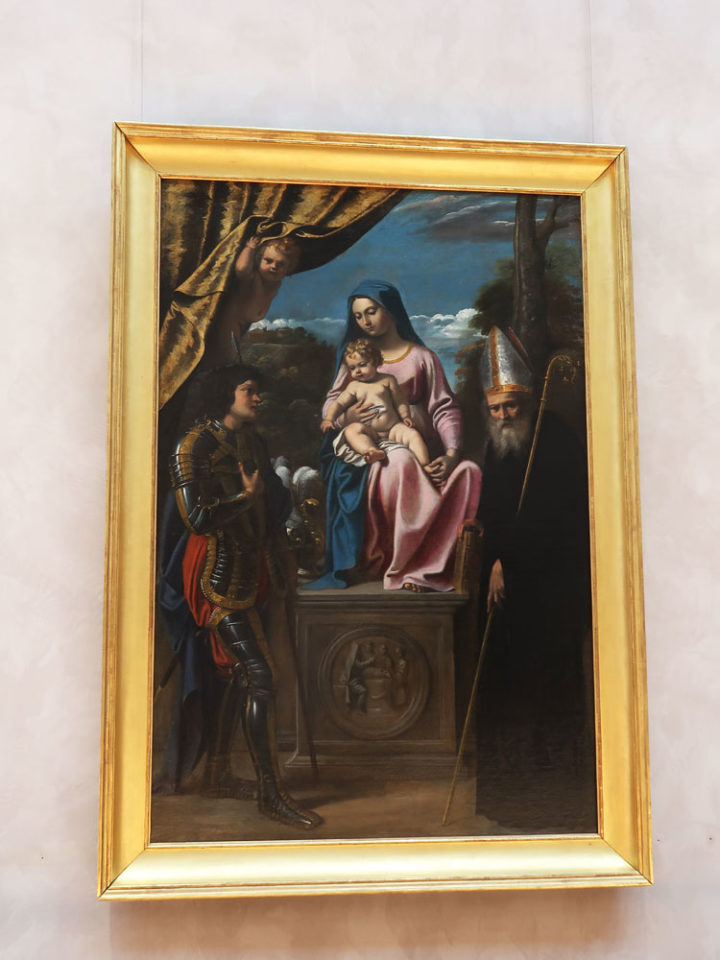
Vierge et l’Enfant entre saint Benoît et saint Quentin (1618)
As a painter and sculptor, he left behind a number of works.
Giovanni Lanfranco (1582-1647)
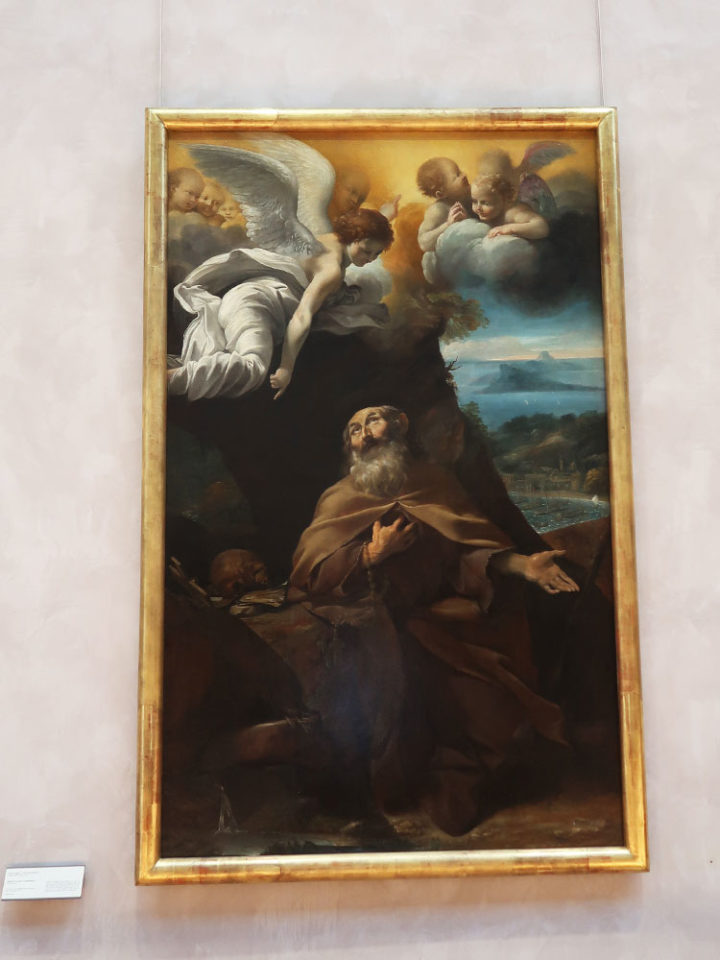
Saint Conrad Confalonieri (1618)
Italian painter representative of the Baroque period.
Le Guerchin (1591-1666)
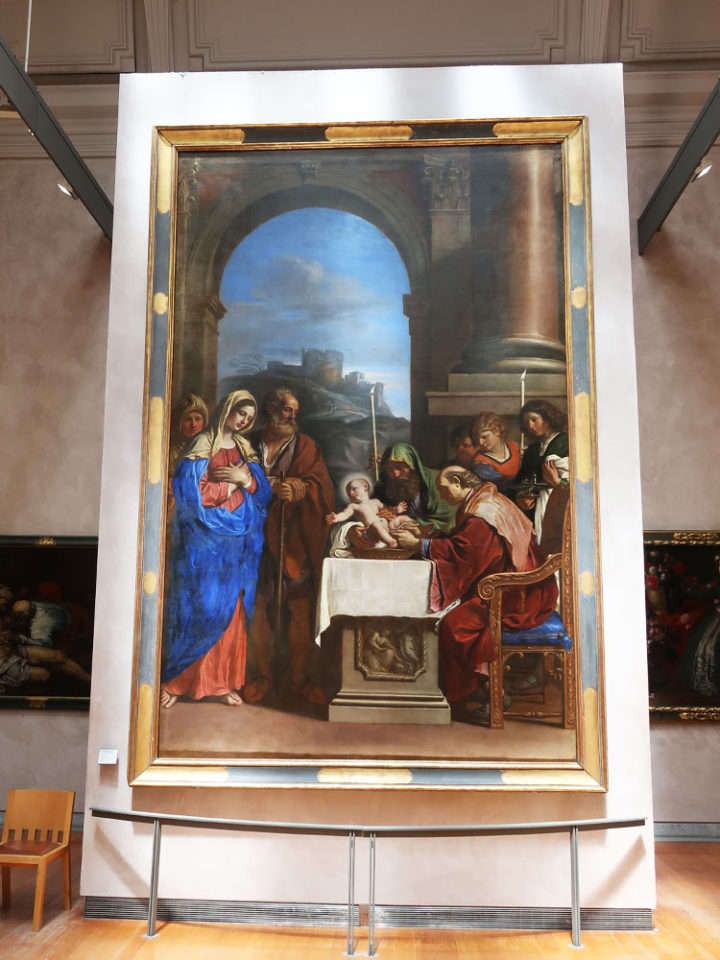
La Circoncision (1646)
Guercino was an Italian painter of the Baroque period.
There is a difference in style between the earlier and later periods, with the later period being more influenced by Guido Reni.
He also painted at a very fast pace and left behind a considerable body of work.
The work depicts Jesus being circumcised in Jerusalem.
Nicolas Poussin (1594-1665)

La Mort de Chioné (1622)
French painter of the Baroque period.
The production was based in Rome.
Although he was a Baroque painter, his work is often historical, religious and classicist.
This work is from Poussin’s early years.
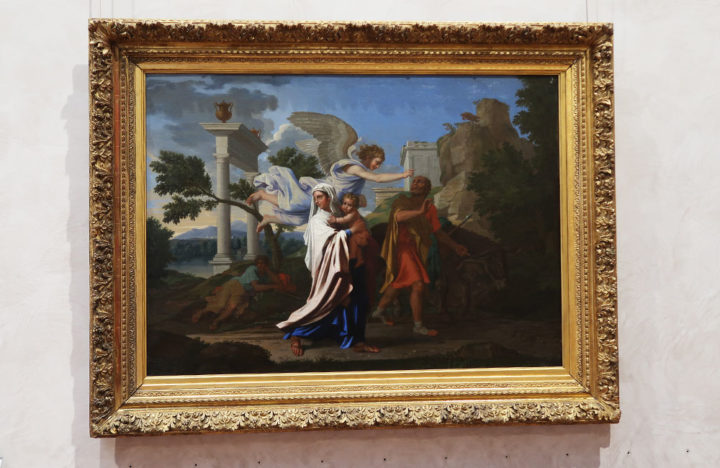
La Fuite en Égypte (1657)
This work depicts scenes from the Exodus.
Pierre de Cortone (1596-1669)
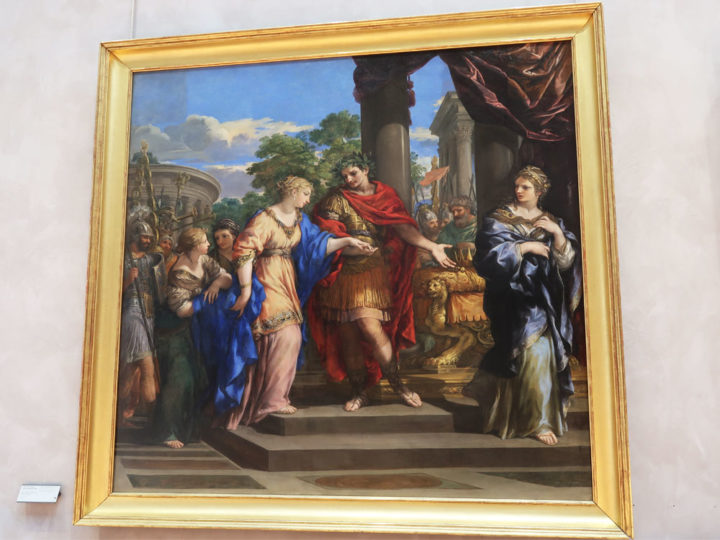
César remet Cléopâtre sur le trône d’Egypte (1637)
Italian painter of the early Baroque period.
The work depicts a scene in which Caesar returns Cleopatra to the throne.
Guido Cagnacci (1601-1663)
This work has not been published as it may be in breach of Google’s policies.
Lucrèce (1657)
Cagnacci was a Baroque painter, working predominantly in the light/dark method and sensuality.
Antonio de Pereda (1611-1678)
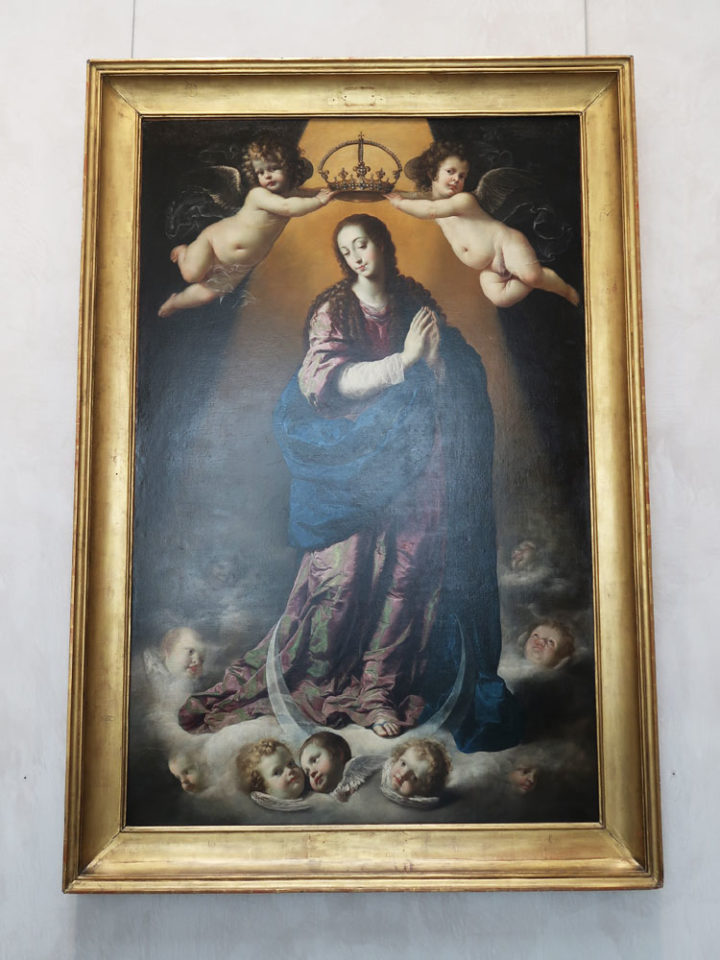
L’Immaculée Conception (1634)
Spanish Baroque painter.
The work will be Immaculate Conception.
Nicolas Chaperon (1612-1656)
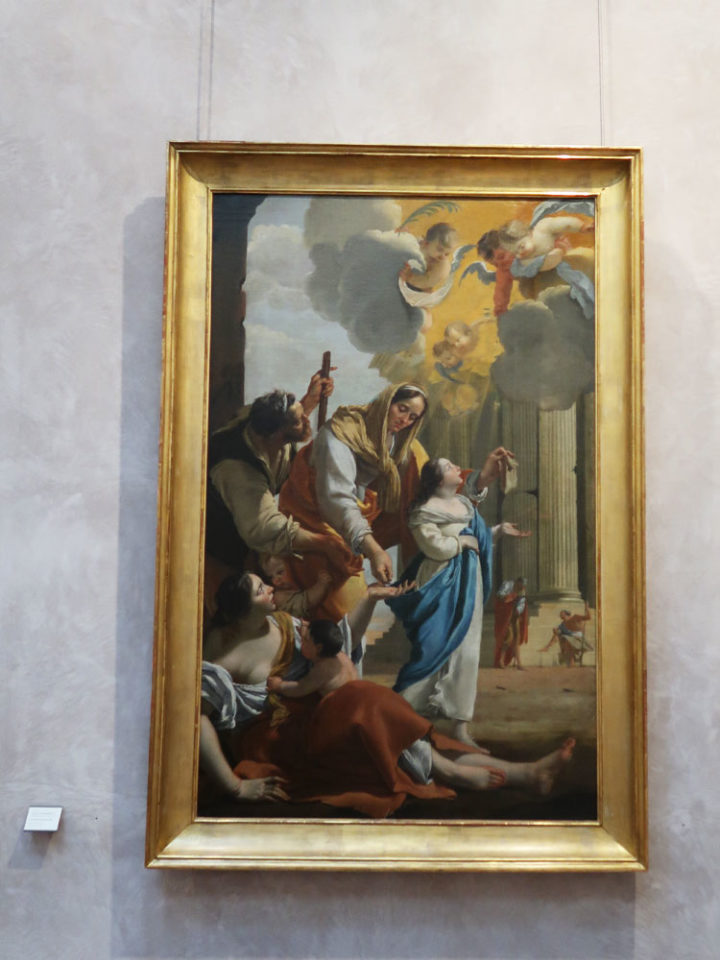
La Charité de Saint Anne
He was strongly influenced by Italy, having spent some time in Rome in 1642.
Thomas Blanchet(1614-1689)

Le Sacrifice de la fille de Jephté (1670-1680)
Thomas Blanchet lived in Rome from 1645 to 1653, where he was strongly influenced by Italian Classicism, and his work is highly energetic.
Giovan Battista Langetti (1625-1676)
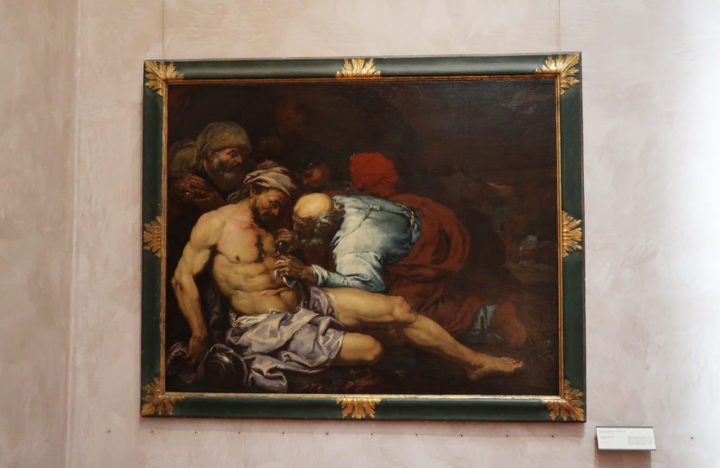
le bon samaritan (1660)
Late Italian Baroque painter.
The theme of the work is The Good Samaritan.
Jean Jouvenet (1644-1717)
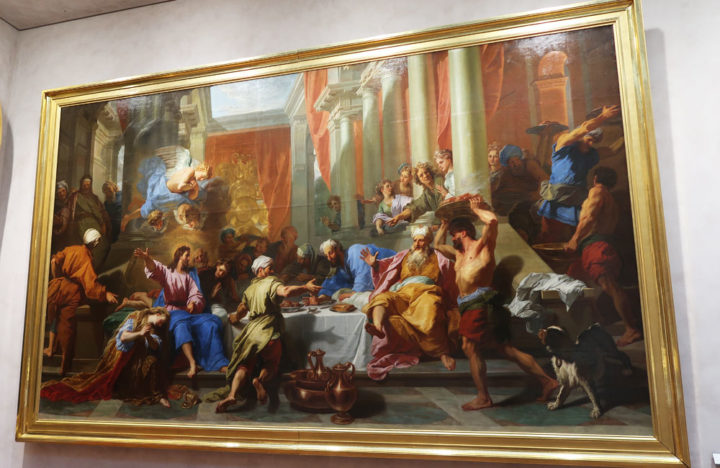
Le Repas chez Simon (1706)
Jouvenet painted mainly religious paintings.
Many of his works are in the Louvre.
This piece is a scene from the biblical account of a meal in the Simon household.
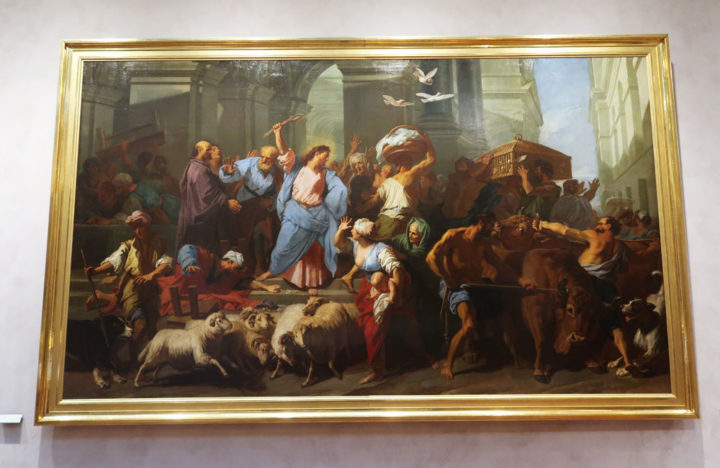
Les marchands chassés du Temple (1706)
Jean II Restout (1692-1768)
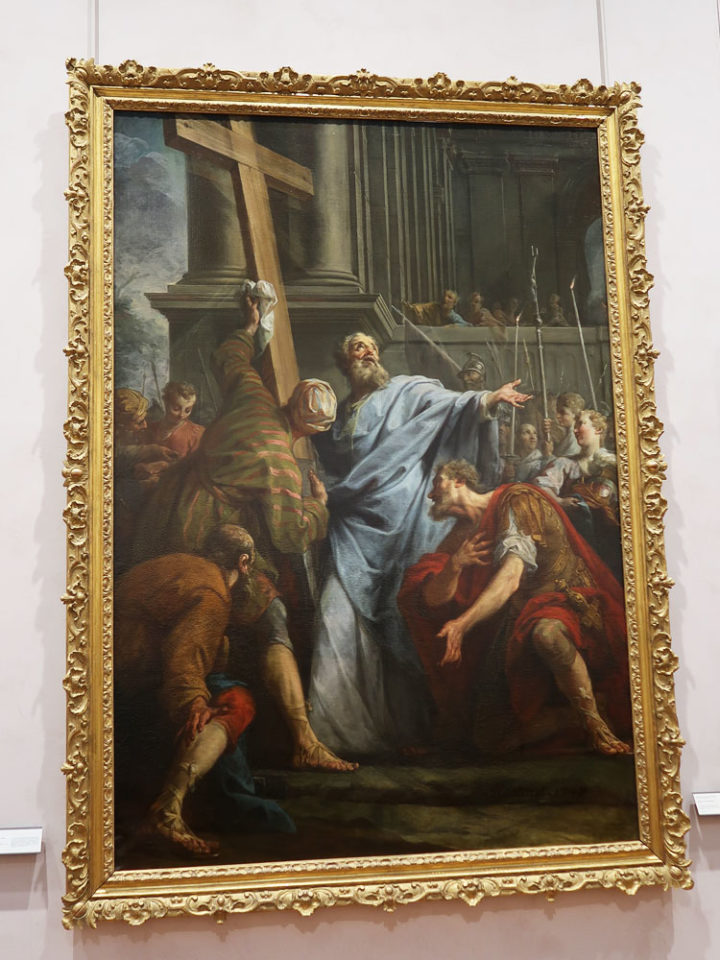
L’exaltation de la croix (1748)
He grew up in a family of painters, including his uncle, father and brother.
Giovanni Niccolò Servandoni (1695-1766)
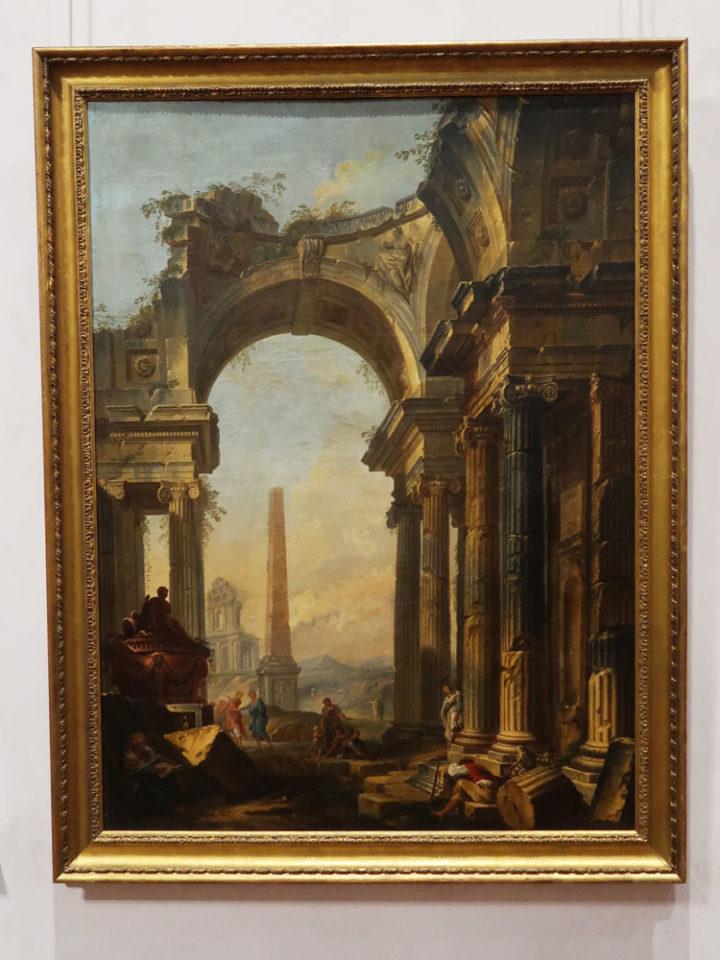
Ruines romaines
Rather than a painter, he was an architect and decorator for the opera and other events.
He was multi-talented.
Summary
As there is not enough time to do on-the-spot research at the site, it is a good idea to research any works you are interested in before you go.
Thank you again for reading to the end of this issue.
You can read more about the collections that we were unable to introduce in this article.

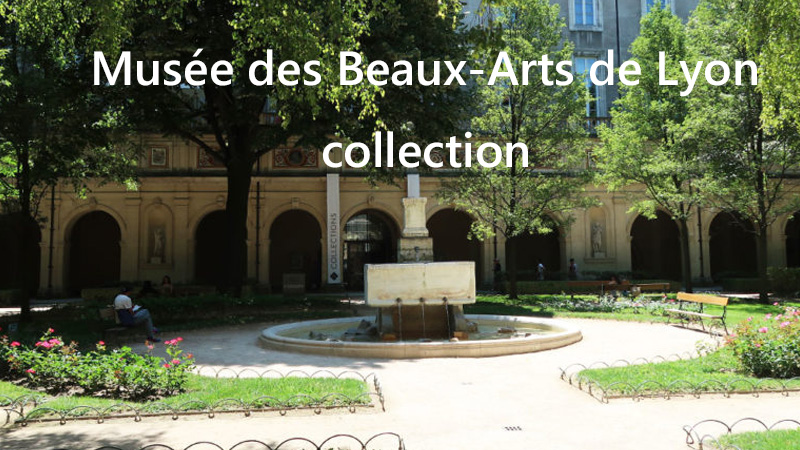
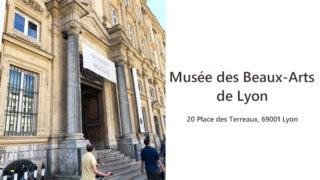
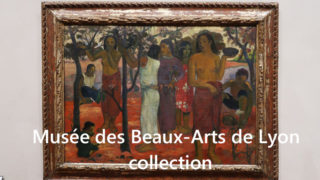
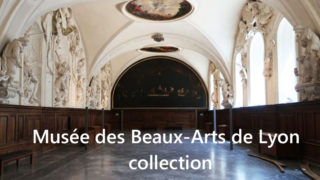


コメント